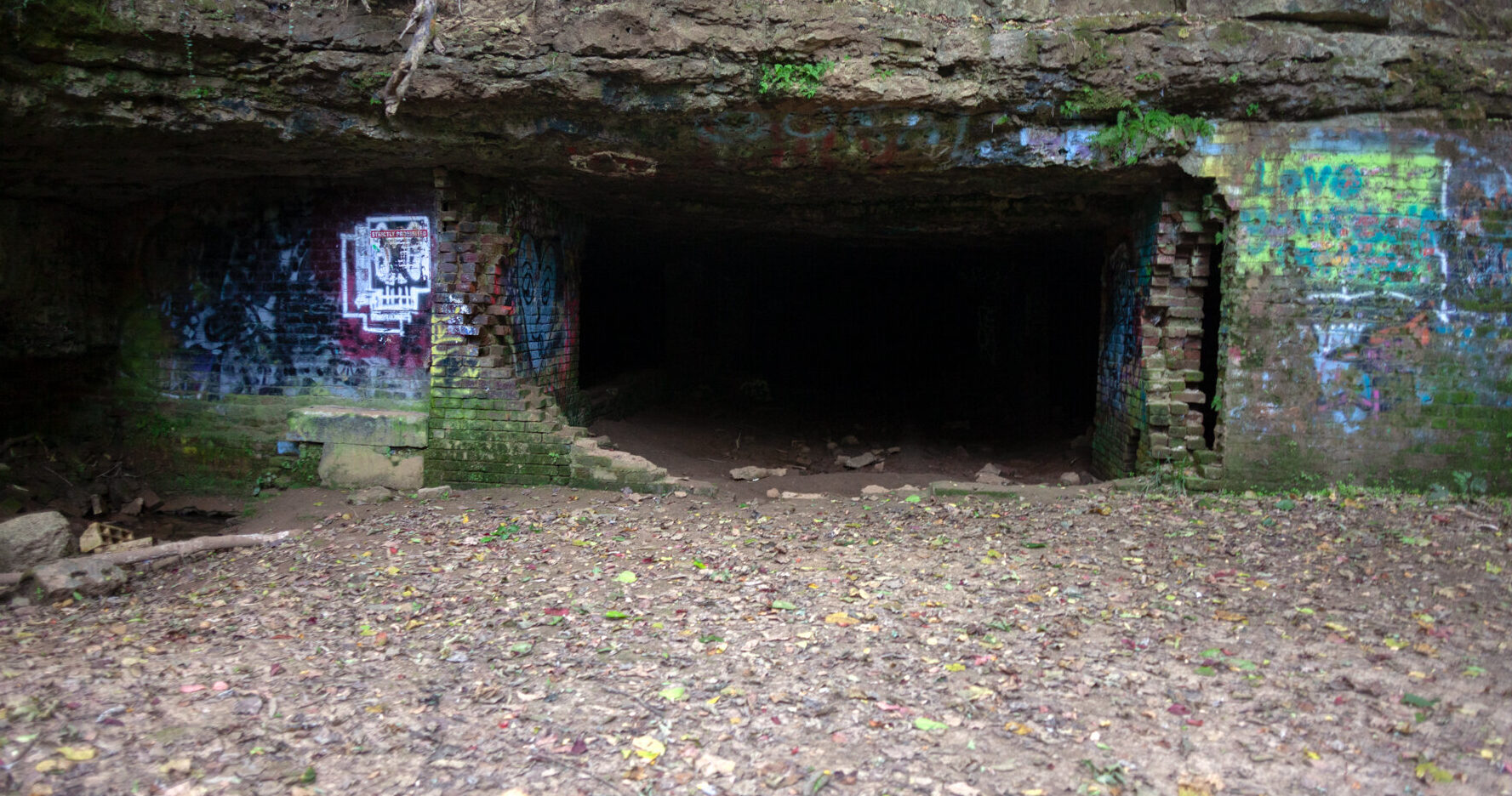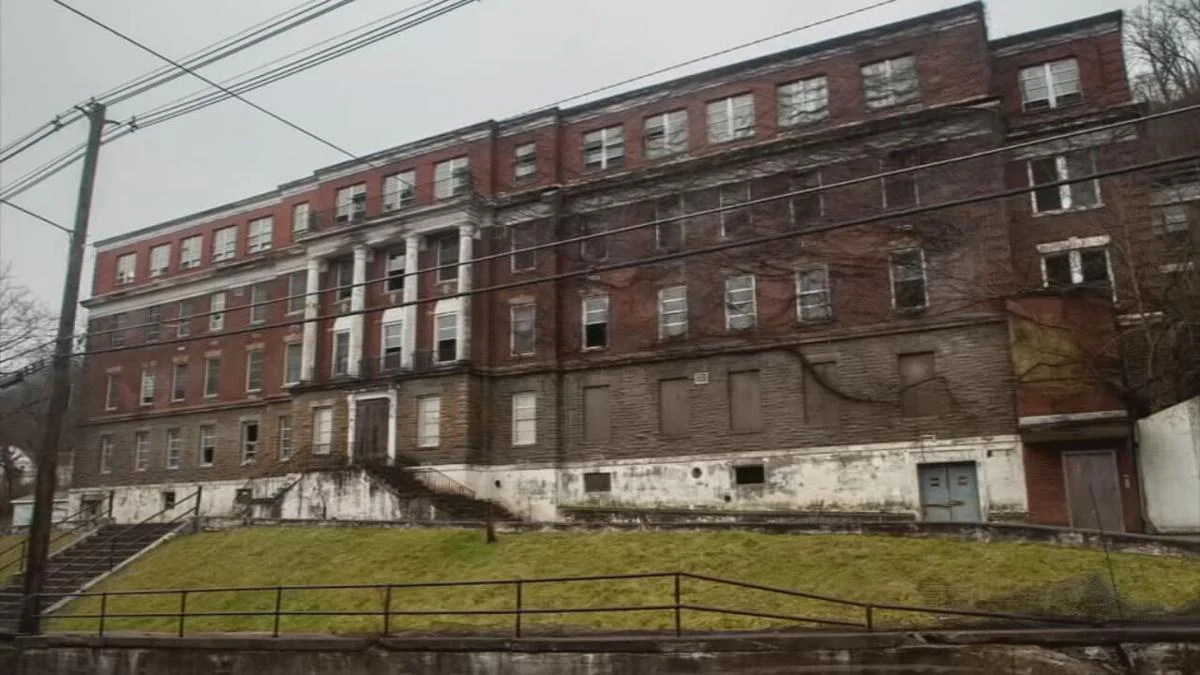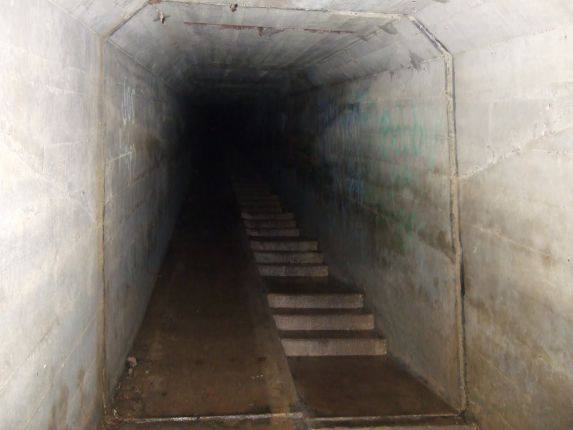The history of Lakeland Asylum dates back to 1873 when it was first established as Fourth Kentucky Lunatic Asylum. The asylum sits on the former site of the “State House of Reform for Juvenile Delinquents”, a facility for white male and female children who were convicted of “any criminal offense less than murder”.
With its red-bricked facade, arched windows, towers and turrets, the asylum resembled that of a medieval castle. Back in the days, it is believed that the imposing architecture and idyllic surrounding would aid the recovery of the patients. Over the years, the asylum underwent several name changes including Central Kentucky Lunatic Asylum (1874), Lakeland Asylum for the Insane (1875), Central Kentucky Asylum for the Insane (1900), and Central state Hospital (1912). However, Lakeland Asylum stood out among all.
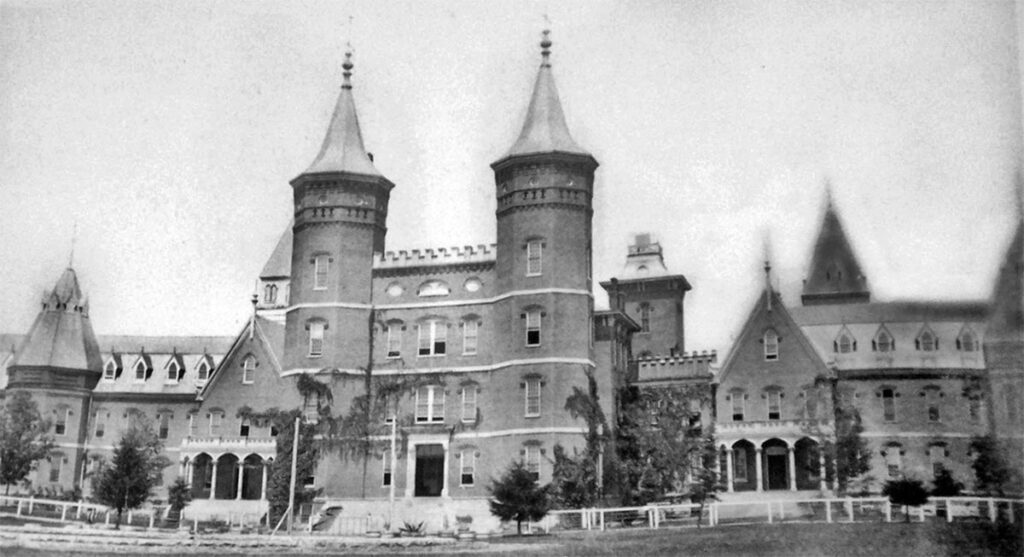
Back then, the establishment of the Third and Fourth Lunatic Asylum was authorized to address the overcrowding situation faced at Eastern (First) and Western (Second) State Lunatic Asylums. However, apart from taking in patients suffering from mental illness, Lakeland Asylum also took in the old and the poor who could not afford a retirement home or nursing facility. The number of patients ballooned as the asylum took them in indiscriminately.
By the early 20th century, the hospital grew to over 500 acres and dozens of living quarters. At its peak, the 3,500 bed asylum is said to housed over 4,500 patients. To sustain the daily operations of Lakeland Asylum, a host of amenities was built. These includes a power plant, water treatment facility, farm house, post office, and a train depot.
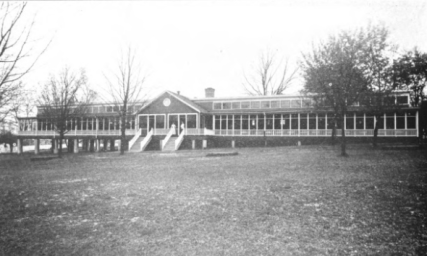
However, as the asylum grew, allegations of patient abuse surfaced.. It was reported that patients were unnecessarily given treatments such as electroshock-convulsive therapies, insulin shock treatments, and even lobotomies; these procedures of subduing a patient was put to an end only in the 1950s when advancements in the medical field invalidates the need for such primitive methods.
In the 1960s, the establishment of the new healthcare bills such as the Community Mental Health Act (1963) and Medicaid (1965) accelerated deinstuitionalization, leading to a sharp drop in demand for state-run mental institutions. In the 1970s, over 400 acres of land belonging to Lakeland Asylum was donated to make way for E.P. “Tom” Sawyer State Park. The state park—named after Jefferson County Judge Erbon Powers “Tom” Sawyer— opened its doors to the public in 1974.
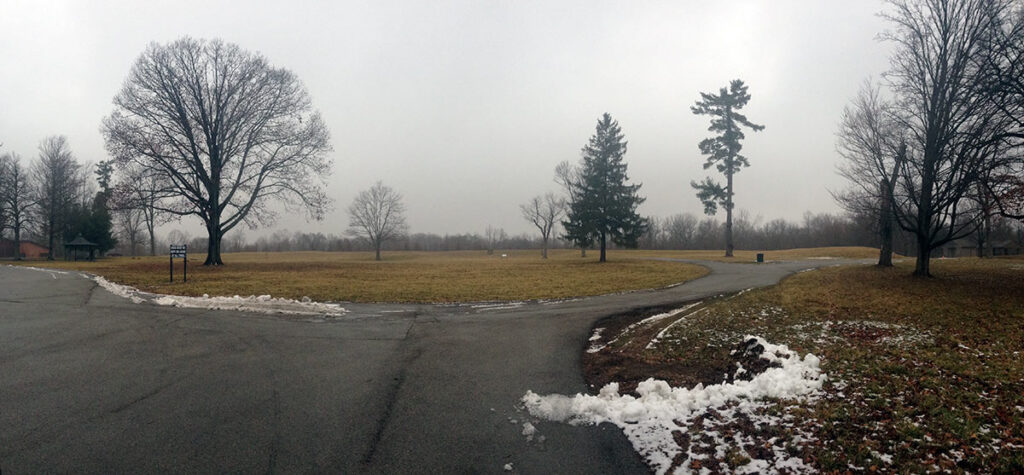
In 1983, Lakeland Asylum was added on the list of National Register of Historic Places. Barely three years later, patients in the asylum were moved to the new Central State Hospital located down the road, leading to the abandonment of the asylum that had operated for over a hundred years.
In the 1990s, attempts were being made to restore the asylum and convert it into administrative buildings. However, it was concluded that the high cost of restoring the now-defunct asylum was unjustifiable. In 1996, the dilapidated buildings of Lakeland Asylum was demolished.
Today, the spot where Lakeland Asylum stood is now Sawyer-Hates Community Center. All that remains of Lakeland Asylum are two cemeteries located in the site and Sauerkraut Cave. Till this date, the exact number of deaths remains unknown due to the numerous cases that were unreported as well as patients that were “lost”.
Louisville’s Secret Underground: Sauerkraut Cave
Located beneath Lakeland Mental Asylum is a secret underground cave better known by the locals as Sauerkraut Cave (Tunnel).
Used by the asylum as an underground facility for food storage, the cave and its elaborate tunnels have earned its nickname for the dozens of barrels of Sauerkraut unearthed by the locals.
However, Sauerkraut Cave was more than just a storage facility. Many believed that the dugout was as an escape route for patients who were smart enough to get to asylum’s basement and are willing to risk the punishments if caught. Legend also says that those who have failed to escape from the cave are now buried in it.
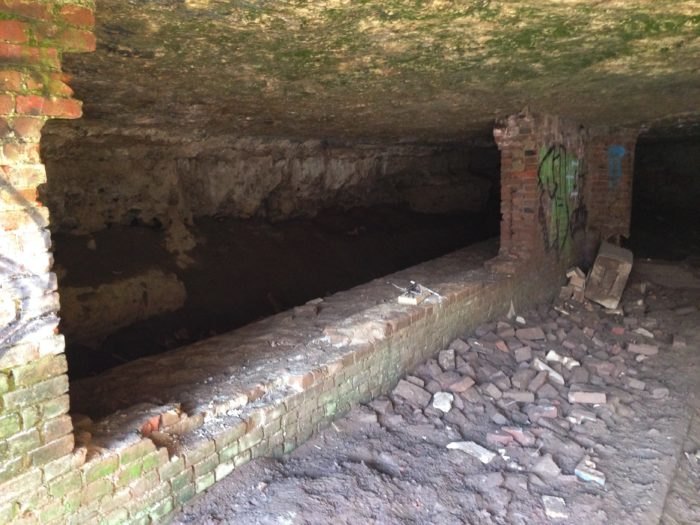
Apart from being a point of escape, some stories also say that the cave served as a makeshift ward for pregnant patients (impregnated in the asylum) to give birth. The story goes on to say that the babies were disposed in the caves to prevent any negative news from reaching the town.
Hence, Sauerkraut Cave is said to be haunted by patients who did not make it out successfully.. Many local explorers and ghost hunters who have ventured into the cave have reported countless paranormal activities from disembodied voices to shadow figures. In particular, many have claimed to have heard the voices of a young girl crying for her mother. It is said that she was one of the patients who was lost in the tunnels and did not make it out alive.
How To Get to Sauerkraut Cave
To get to Sauerkraut Cave, head to the outdoor public archery range in E.P “Tom” Sawyer Park, Louisville, Kentucky. From there, head down the dirt path to the bottom of the hill. Walk along the path and turn left into a small opening where a smaller dirt path can be found. Cut through the woods and Sauerkraut Cave will be in sight.
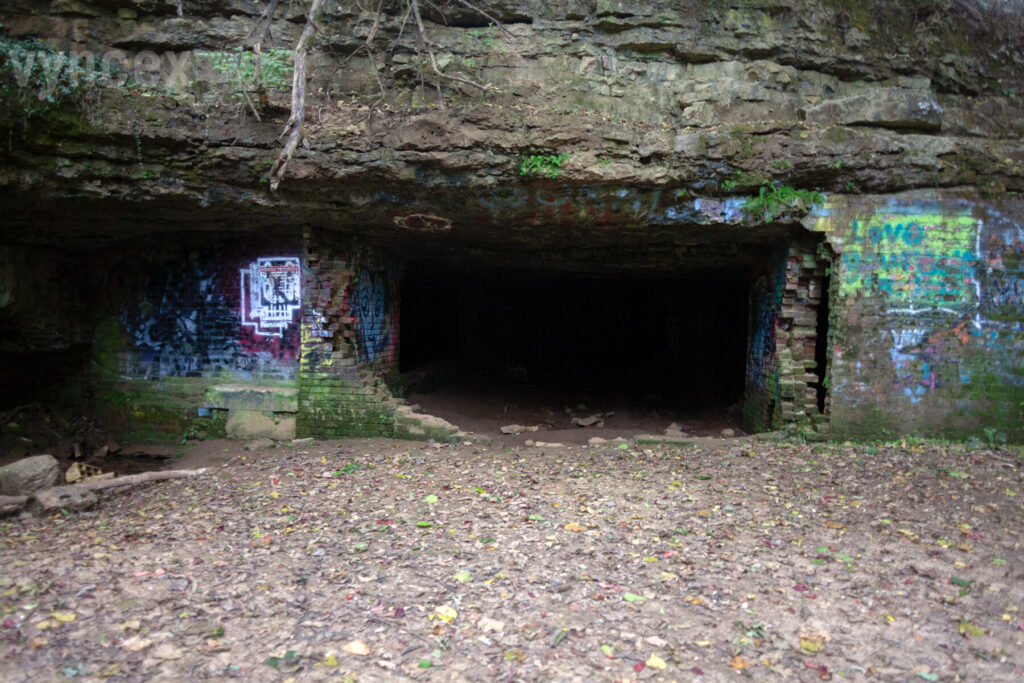
However, while the Sauerkraut is reinforced with brick walls and pillars, it is in a state of disrepair. Mud and water covers most of the tunnels, making it mostly inaccessible. As such, the cave is now closed to the public for safety concerns. Surveillance have been set up to deter access to the cave. Any visitors who attempts to access Sauerkraut Cave will be considered trespassing and may be arrested.

